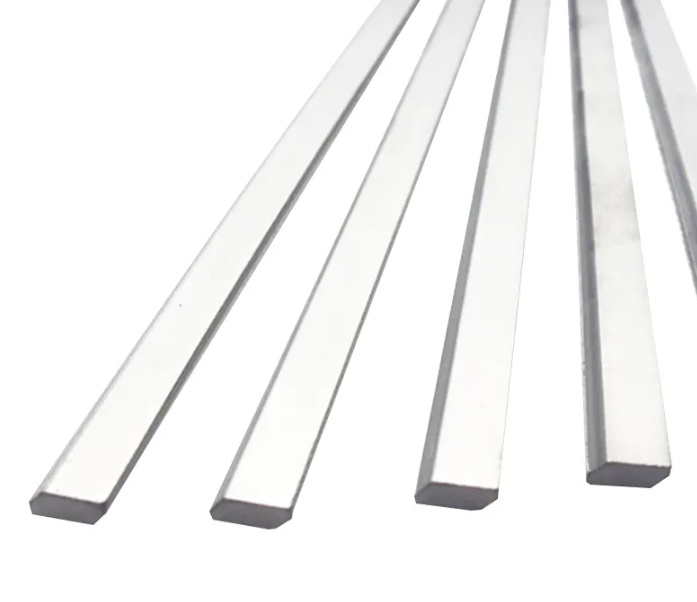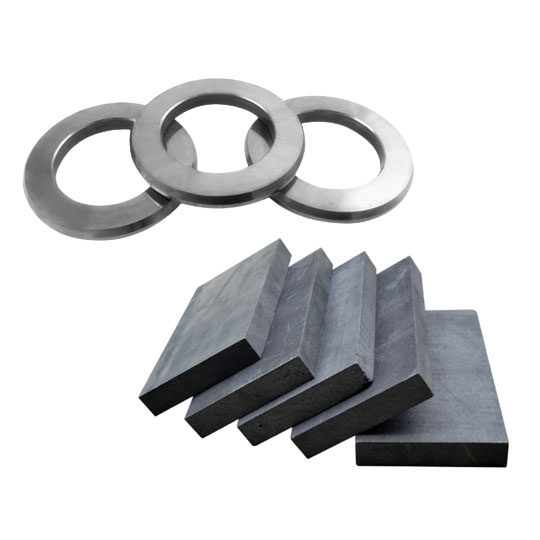의 중요성 카바이드 플레이트 산업 부문에서
간단한 진실부터 시작하겠습니다. 카바이드 플레이트는 숨은 영웅입니다. 많은 산업에서 사용되고 있습니다. 일상 생활에서 한 번도 본 적이 없겠지만, 여러분이 매일 사용하는 제품과 서비스는 초경판 없이는 불가능할 것입니다. 카바이드 플레이트를 현대 기계의 튼튼한 중추라고 생각하면 됩니다. 초경판은 탱크의 장갑판과 같이 오래도록 견딜 수 있도록 제작되어 내구성이 뛰어납니다.
하지만 무엇이 이들을 특별하게 만들까요? 그 이유는 다음과 같습니다. 텅스텐 카바이드를 주 소재로 사용합니다. 이 화합물은 매우 견고하고 내마모성 및 내열성이 뛰어나며, 기본적으로 산업적 남용을 견딜 수 있는 재료의 삼박자를 모두 갖추고 있습니다. 광업에서 제조에 이르기까지 카바이드 플레이트는 절단, 연삭, 성형 및 드릴링에 널리 사용됩니다. 또한 부드러운 소재와 달리 압력을 가해도 물러서지 않습니다.
요컨대, 카바이드 플레이트가 없다면 말 그대로 많은 산업 운영이 중단될 것입니다. 항공우주, 자동차, 건설, 전자 등 다양한 산업 분야에서 초경판은 세상을 계속 돌아가게 합니다.
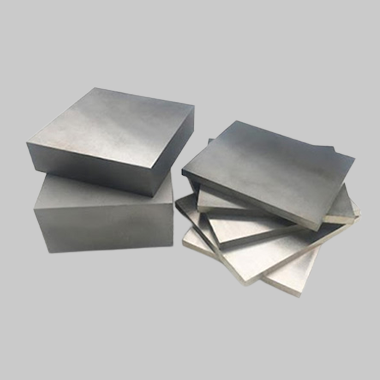
시장 현황 카바이드 플레이트: 2025년 우리의 위치
그리고 2025년 카바이드 플레이트 시장 는 마치 압력솥과 같아서 기회는 넘쳐나지만 전 세계의 엄격한 감시를 받고 있습니다. 올해 기준, 시장 규모는 이미 미화 18억 달러에 도달할 것으로 예상됩니다. 2030년까지 25억 달러에서 성장하고 있습니다. 약 5.6%의 CAGR.
이러한 성장의 원동력은 무엇일까요? 여러 가지 요인이 복합적으로 작용합니다. 특히 중국과 인도와 같은 국가들이 중장비 부문을 발전시키고 있는 아시아 태평양 지역의 산업 현대화가 그 중 하나입니다. 그리고 친환경적인 변화도 있습니다. 업계에서 더 오래 지속되고 재활용 가능한 소재를 추구함에 따라 카바이드 플레이트는 긴 수명으로 인해 더욱 매력적으로 보입니다.
하지만 모든 것이 순조로운 것만은 아닙니다. 특히 텅스텐을 비롯한 원자재 가격의 변동은 제조업체들을 긴장시키고 있습니다. 또한 환경 규제가 강화되면서 특히 유럽과 북미에서 생산이 더욱 까다로워지고 있습니다. 그럼에도 불구하고 수요는 둔화되는 것이 아니라 적응하고 있을 뿐입니다.
카바이드 플레이트의 주요 응용 산업
그렇다면 카바이드 플레이트는 정확히 어디에서 자신의 존재감을 뽐낼까요? 카바이드 플레이트의 주요 애플리케이션 산업:
1. 금속 가공 및 툴링
이것이 큰 문제입니다. 카바이드 플레이트는 금속을 절단, 밀링, 연마 및 성형하는 공구를 만드는 데 사용됩니다. 왜일까요? 강철은 더 단단하지 않으면 절단할 수 없는데, 초경이 바로 그 강철이기 때문입니다.
2. 광업 및 건설
플라스틱 숟가락으로 바위를 뚫는다고 상상해 보세요. 광업에서 카바이드 플레이트는 절삭 공구, 드릴 비트, 마모 부품에 사용됩니다. 건설 분야에서도 마찬가지입니다. 단단한 땅을 파고, 자르고, 찢는 장비에 카바이드 플레이트가 내장되어 있습니다.
3. 석유 및 가스 산업
이러한 분야에는 마모와 부식에 강한 부품이 필요하며, 이는 초경이 완벽한 소재입니다. 다운홀 공구, 밸브 구성품 및 노즐은 모두 카바이드 플레이트의 내마모성에 따라 달라집니다.
4. 항공우주 및 방위
이러한 고성능 분야에서는 소재가 가벼우면서도 내구성이 뛰어나야 합니다. 카바이드는 제트 엔진, 방탄복, 정밀 유도 공구 등에 사용됩니다.
5. 전자 및 반도체
놀랍지 않나요? 하지만 맞습니다. 카바이드 플레이트는 반도체 정밀 가공에 필수적입니다. 초경판은 미세한 부품을 성형하는 데 필요한 정확성과 내구성을 제공합니다.
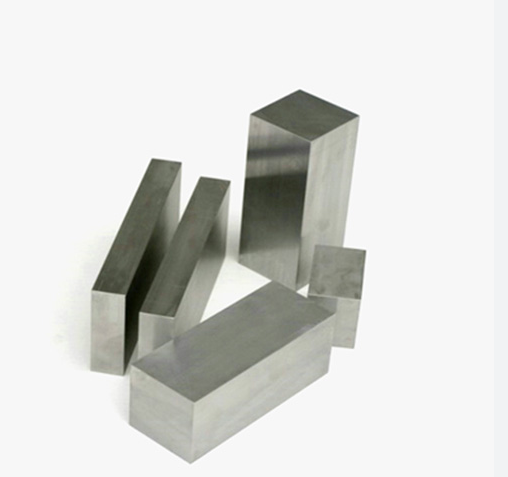

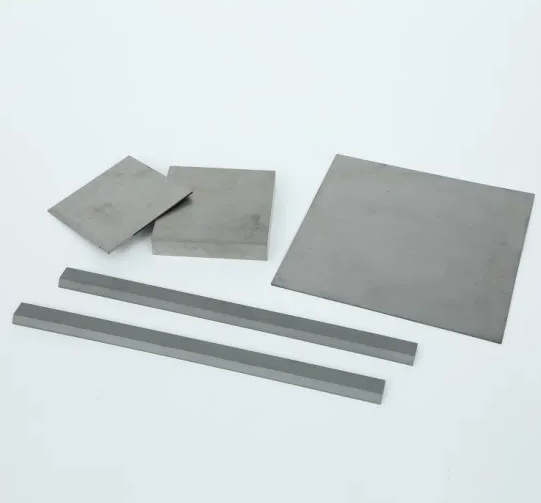
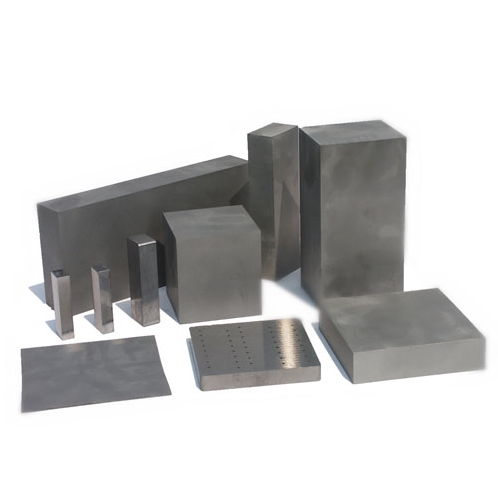

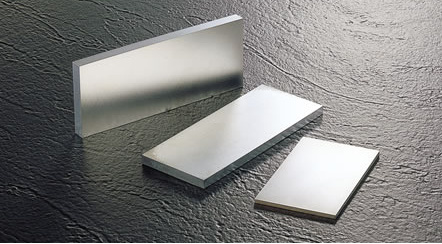
카바이드 플레이트의 시장 동인 및 과제
시장 성장을 촉진하는 주요 동인
- 산업 확장: 중국, 인도, 브라질과 같은 경제가 성장함에 따라 중장비와 정밀 공구에 대한 수요도 증가하고 있습니다.
- 내구성 있는 소재에 대한 수요 증가: 산업계는 값싸고 단기적인 소재에서 벗어나 보다 지속 가능하고 오래 지속되는 옵션으로 이동하고 있습니다.
- 기술 발전: 새로운 소결 및 코팅 기술로 카바이드 플레이트의 성능이 향상되어 더욱 매력적으로 변하고 있습니다.
주의해야 할 과제
- 원자재 변동성: 텅스텐은 비싸고 정치적으로 민감한 소재입니다. 공급망에 차질이 생기면 하룻밤 사이에 가격이 급등할 수 있습니다.
- 환경 규정: 각국 정부는 채굴 및 생산 공정을 단속하고 있으며, 제조업체가 더 깨끗한 방법을 채택하도록 촉구하고 있습니다.
- 높은 생산 비용: 카바이드 플레이트 제작은 저렴하지 않습니다. 엄청난 에너지와 전문 장비가 필요합니다.
카바이드 플레이트의 시장 세분화
시장을 더 명확하게 파악하기 위해 시장을 세분화해 보겠습니다:
재료 유형별
- 텅스텐 카바이드(WC)
- 티타늄 카바이드(TiC)
- 탄탈 탄화물(TaC)
학년별
- 미세 입자 카바이드 - 더 나은 경도와 강도를 제공합니다.
- 거친 입자 카바이드 - 내충격성에 더 좋습니다.
애플리케이션별
- 절단 도구
- 마모 부품
- 다이 및 펀치
- 구조 부품
지역별
- 북미: 항공우주 및 방위 산업이 주도하는 꾸준한 성장.
- 유럽: 지속 가능한 고정밀 툴링에 집중하세요.
- 아시아 태평양: 제조 허브의 대규모 수요로 우위를 점하고 있습니다.
- 기타 국가: 빠르게 따라잡는 신흥 경제국.
특정 금속 분말 모델 카바이드 플레이트
다음은 다음과 같습니다. 10가지 이상의 특정 금속 분말 모델 카바이드 플레이트 제조에 사용되며, 각각 고유한 특성과 특징이 있습니다:
| 금속 분말 모델 | 기본 자료 | 입자 크기 | 모범 사용 사례 | 장점 | 단점 |
|---|---|---|---|---|---|
| WC-Co(A10) | 텅스텐 + 코발트 | 괜찮아요 | 절단 도구 | 높은 경도, 내마모성 | 비싸고 깨지기 쉬운 |
| WC-Ni(N20) | 텅스텐 + 니켈 | Medium | 부식 방지 도구 | 우수한 인성, 내식성 | 낮은 경도 |
| WC-TiC(T15) | 텅스텐 + 티타늄 | 괜찮아요 | 밀링 인서트 | 높은 온도 저항 | 일반 WC-Co보다 비싼 비용 |
| WC-TaC(Ta25) | 텅스텐 + 탄탈륨 | Medium | 항공우주 툴링 | 높은 내충격성 | 높은 제작 비용 |
| Cr3C2-NiCr | 크롬 카바이드 | 거친 | 코팅 및 스프레이 | 고온 표면에 적합 | 낮은 밀도 |
| VC-Co(V10) | 바나듐 카바이드 | 괜찮아요 | 마이크로 도구 | 매우 미세한 입자 크기 | 스트레스를 받으면 취약해짐 |
| TiCN(탄화 티타늄) | 티타늄 기반 | 괜찮아요 | 반도체 가공 | 뛰어난 내마모성 | 강한 충격에 취약함 |
| NbC(니오븀 카바이드) | 니오븀 기반 | Medium | 고성능 드릴 | 우수한 인성 | 가용성 저하 |
| Mo2C-Co | 몰리브덴 카바이드 | 거친 | 채굴 장비 | 부하 시 높은 강도 | 고비용 합금 |
| WC-CoCr | 텅스텐 + 코발트-크롬 | Medium | 의료 도구 | 생체 적합성, 강력한 | 비싼 |
| WC-CoTi | 텅스텐 + 코발트-티타늄 | 괜찮아요 | 정밀 금형 | 높은 정밀도 | 내식성 감소 |

자주 묻는 질문
| 질문 | 답변 |
|---|---|
| 카바이드 플레이트는 어떤 용도로 사용되나요? | 주로 산업용 절단, 드릴링 및 내마모성 부품에 사용됩니다. |
| 카바이드가 강철보다 나은 점은 무엇인가요? | 카바이드는 강철에 비해 단단하고 내마모성이 뛰어나며 내열성이 뛰어납니다. |
| 텅스텐 카바이드는 독성이 있나요? | 분말 형태는 흡입하면 위험할 수 있습니다. 하지만 고체 상태에서는 일반적으로 안전하게 취급할 수 있습니다. |
| 카바이드 플레이트 생산을 선도하는 국가는 어디인가요? | 중국, 독일, 미국이 주요 생산국입니다. |
| 카바이드 플레이트 시장은 어떻게 성장할 것으로 예상되나요? | 2030년까지 5.6%의 연평균 성장률로 성장할 것으로 예상됩니다. |
| 카바이드를 대체할 수 있는 친환경적인 대안이 있나요? | 동일한 성능은 아니지만 세라믹과 코팅 소재에 대한 연구가 진행 중입니다. |
| 카바이드 플레이트는 왜 그렇게 비싼가요? | 텅스텐과 같은 원자재 비용과 복잡한 제조 공정으로 인해 가격이 상승합니다. |
| 카바이드 플레이트는 재활용할 수 있나요? | 예, 중고 초경 공구와 플레이트는 새 공구로 재활용할 수 있습니다. |
| 카바이드 플레이트의 가장 큰 시장은 어디인가요? | 아시아 태평양 지역, 특히 중국과 인도는 방대한 제조 기반을 보유하고 있습니다. |
| 다양한 카바이드 분말이 플레이트 성능에 영향을 미치나요? | 물론 각 모델은 특정 애플리케이션에 따라 뚜렷한 이점을 제공합니다. |

